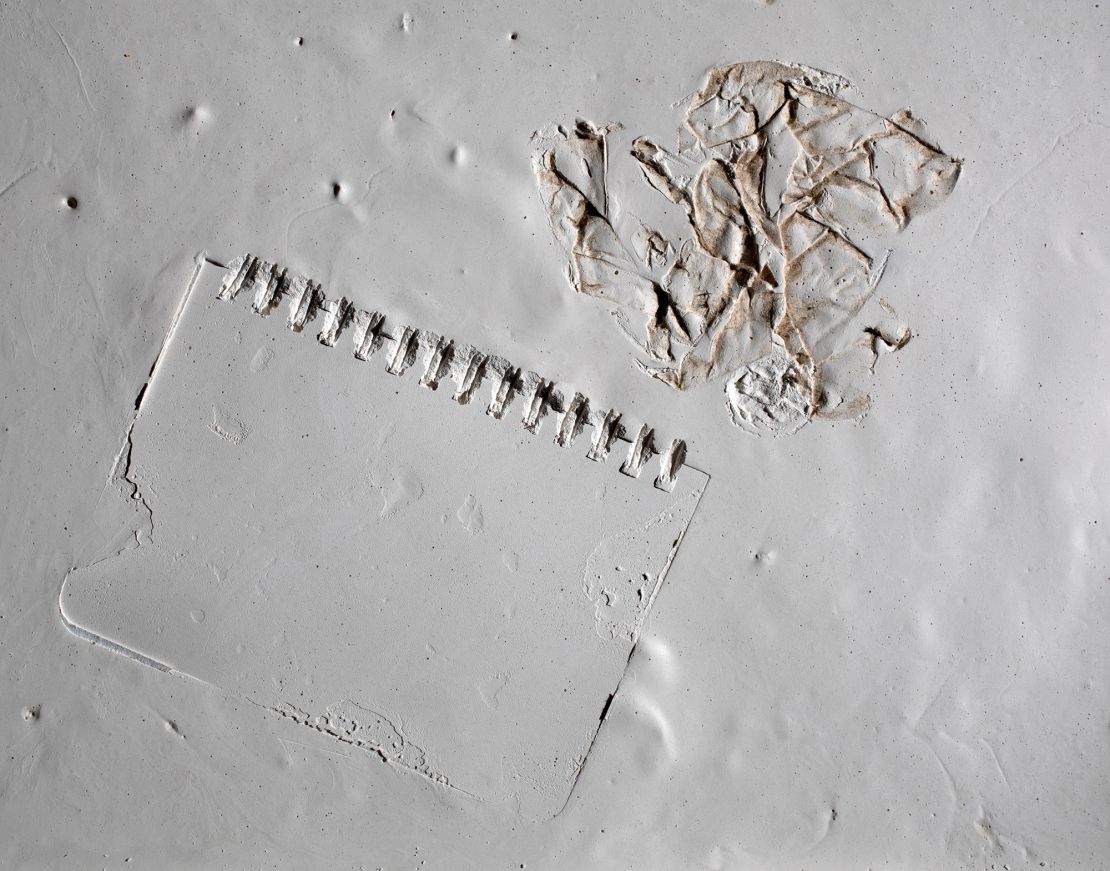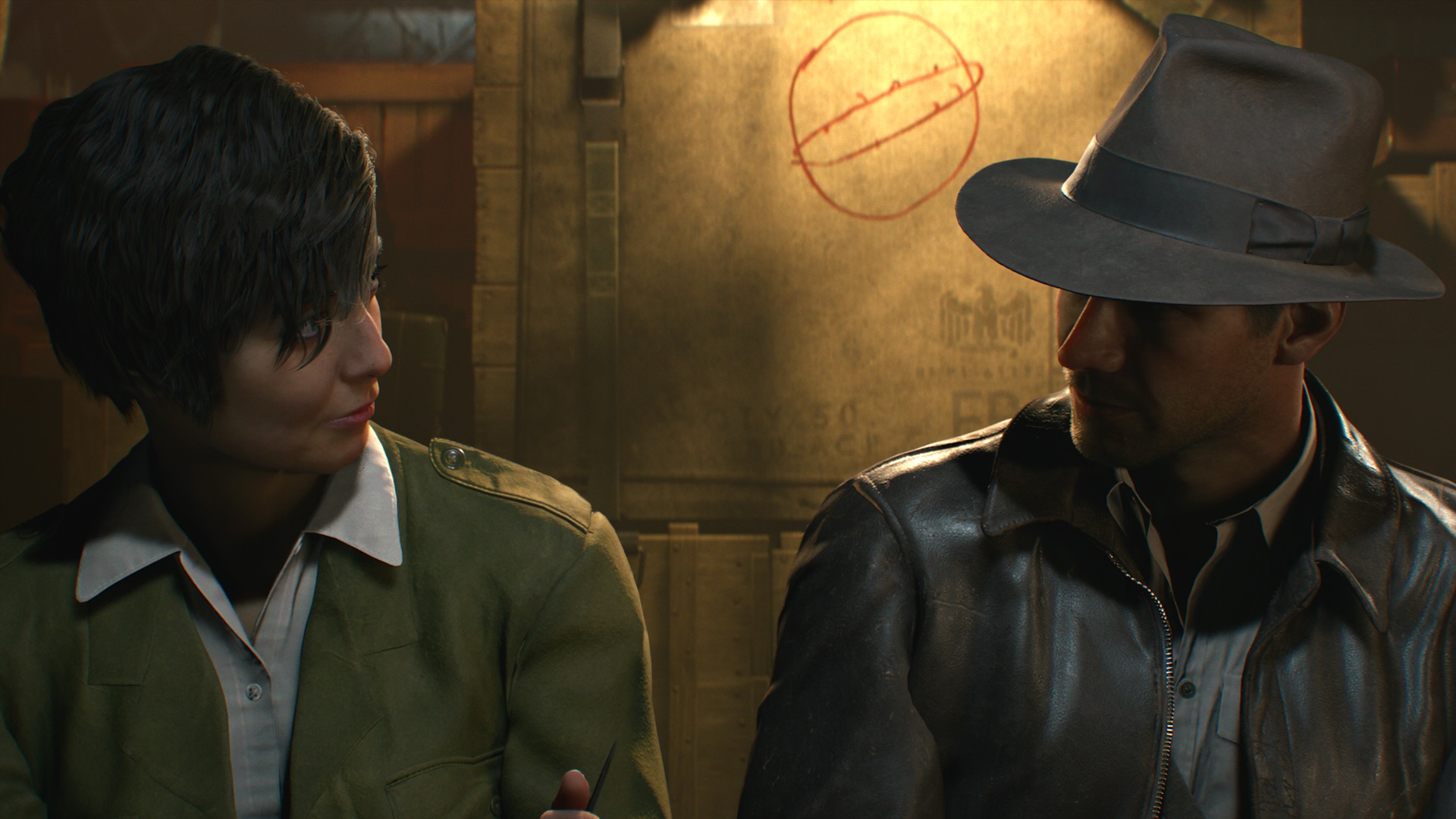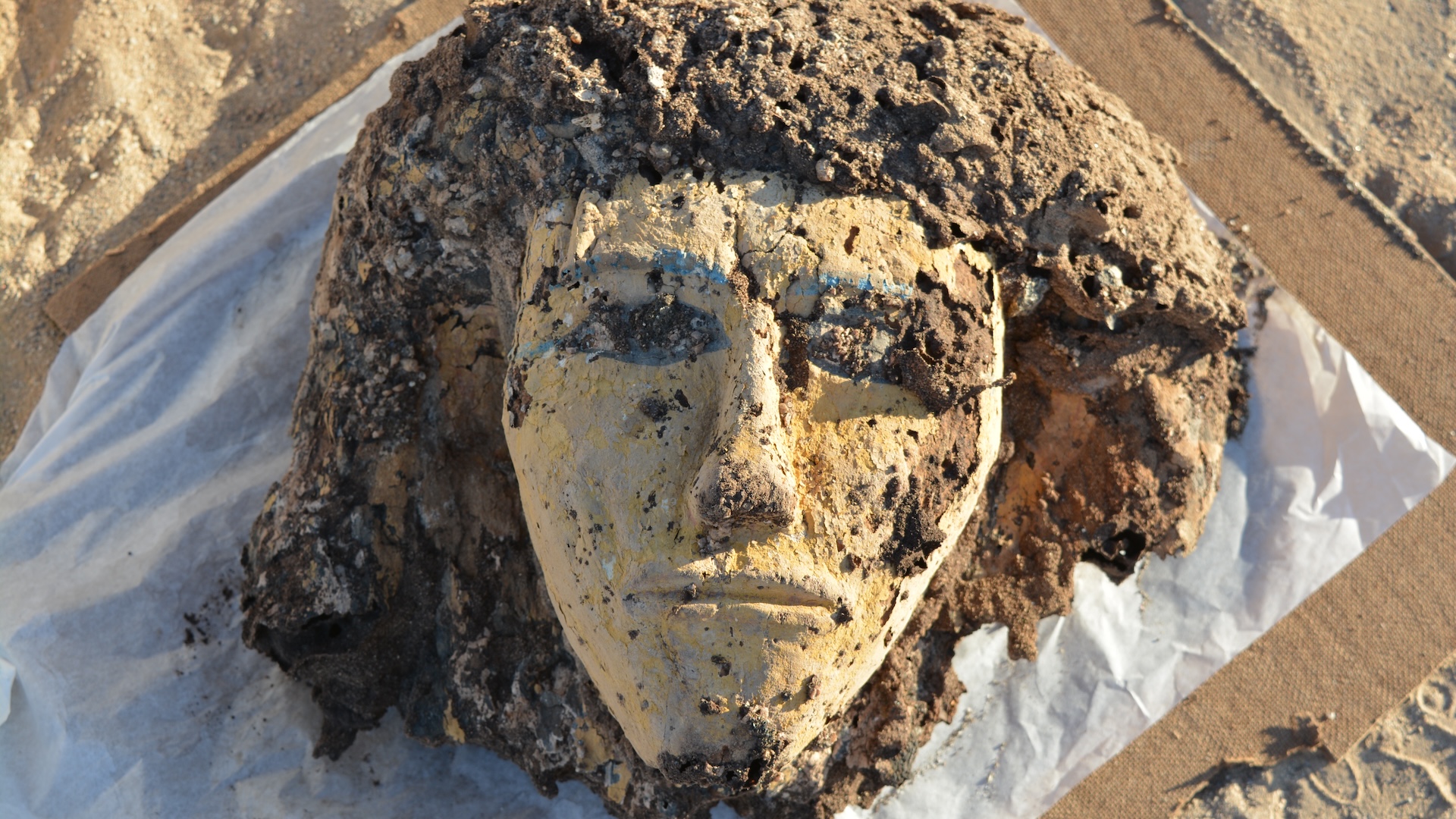In January of 2018, a female crocodile living alone in a Costa Rican zoo laid a clutch of eggs, and one of them continued to mature in an incubator, yielding a stillborn baby crocodile. In a newly published paper in the journal Biology Letters, a team of researchers reported that the baby crocodile was a parthenogen, born through virgin birth, and contained only genetic material from its mother. This is the first time parthenogenesis has been found in crocodiles, and it implies that pterosaurs and dinosaurs could have also been capable of such reproductive feats, because of where crocodiles fall on the tree of life.
Parthenogenesis occurs when an egg cell matures in its mother’s body, dividing repeatedly to generate the necessary complement of chromosomes to form an individual. Three smaller sacs containing chromosomes, known as polar bodies, are formed as byproducts, with one polar body sometimes fusing with the egg to create a cell with the necessary complement of chromosomes. This is what appears to have happened in this case. Sequencing of the parthenogenetic crocodile’s genome suggests that its chromosomes differ slightly from the mother’s.
Dr. Warren Booth, an associate professor at Virginia Tech who has studied the eggs, explains that this is precisely what happens in parthenogenesis in birds, lizards, and snakes, suggesting that this group of animals inherited the ability from a common ancestor, but crocodiles evolved before many other modern parthenogenetic animals, implying intriguing possibilities about the creatures that came in between. Dr. Booth says that some parthenogens can survive to adulthood and mate, but they are not always the healthiest creatures. The increasing ease of DNA analysis has shown that parthenogenesis is not as rare as was once thought.
Dr. Booth believes parthenogenesis may give a species the ability to survive extended periods when no mate is available. A fresh individual born through parthenogenesis might live long enough for a mate to arrive. This would allow sexual reproduction, which usually produces hardier offspring. However, parthenogenesis might be a trait that doesn’t have enough downsides for evolution to weed it out. In 2020, scientists discovered that lizards can mate and lay clutches of eggs where some are normal offspring while others are parthenogens. Dr. Booth’s hunch is that parthenogenesis is an ability that can be switched on or off, perhaps controlled by a single gene.
Without the ability to retrieve DNA from dinosaurs and pterosaurs, certainty about whether they engaged in parthenogenesis is not possible. Parthenogenesis is best confirmed through DNA analysis, which makes it possible to tell it apart from delayed conception, which occurs when a female stores sperm for as long as six years before using it to fertilize eggs.
Dr. Booth stated that it is unlikely that scientists will ever be able to prove whether dinosaurs could perform parthenogenesis, but the discovery of parthenogenesis in crocodiles implies that they had the ability.











